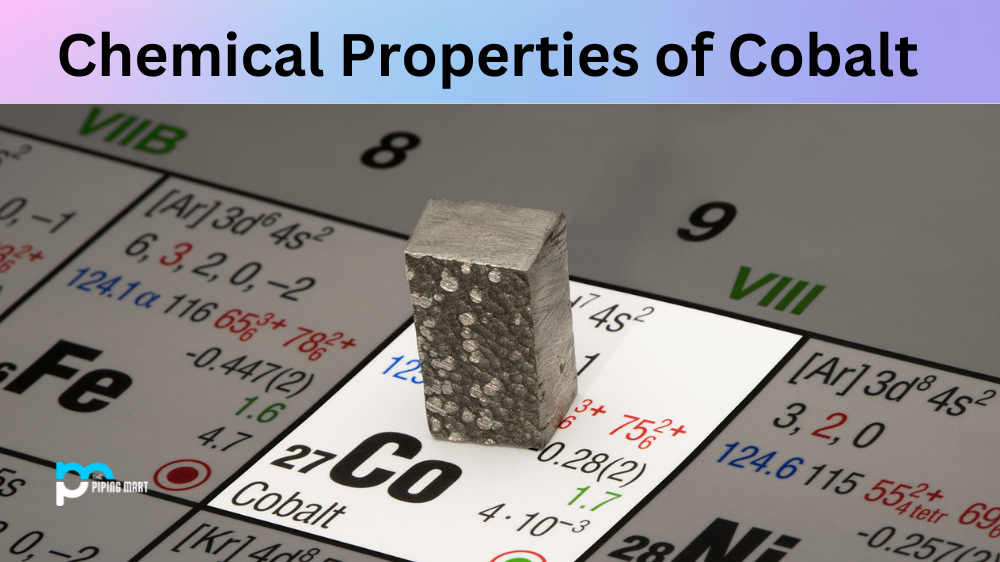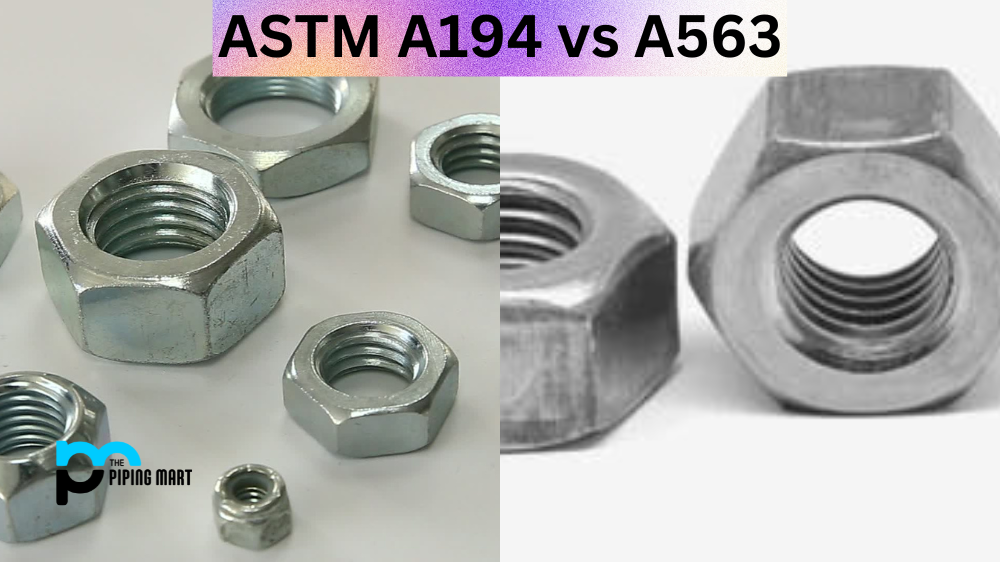Have you ever wondered what makes cobalt special? After all, it is an element that has been used in numerous applications for centuries—from jewelry to industrial catalysts. But why is Cobalt so widely utilized? The answer lies in its unique chemical properties. Let’s take a deeper look into the chemistry of this remarkable element.
What are the Chemical Properties of Cobalt?
Atomic Structure and Electronic Configuration
Cobalt is a transition metal located in Group 9, Period 4 of the periodic table. Its atomic number is 27 and it has an atomic mass of 58.933u (unified atomic mass units). In its elemental form, Cobalt has a ground state electron configuration of [Ar] 3d7 4s2; this means that there are two electrons in the 4s orbital and seven electrons in the 3d orbital. This electronic configuration gives Cobalt some unique chemical properties that allow it to form strong bonds with other elements.
Reactivity and Oxidation States
Cobalt metal is considered to be a moderately reactive element. It can exist as both +2 and +3 oxidation states, which gives it great versatility when forming compounds with other elements. Cobalt’s +3 oxidation state is particularly useful because it allows it to form strong bonds with oxygen—a trait that makes it ideal for industrial catalysis applications. Furthermore, Cobalt’s +2 oxidation state allows it to form strong bonds with hydrogen atoms; this makes Cobalt a great candidate for use as a catalyst for hydrogenation reactions (e.g., converting unsaturated hydrocarbons into saturated hydrocarbons).
Compounds Formed By Cobalt
Due to its versatile chemistry, Cobalt can form numerous compounds with different elements; some examples include cobalt(II) oxide (CoO), cobalt(III) chloride (CoCl3), and cobalt(II) sulfate (CoSO4). These compounds are important because they can be used in various industrial processes such as metal plating and electroplating, oil refining, dye production, etc. Furthermore, some compounds formed by Cobalt have medical applications; for example, CoCl3 can be used as an anti-viral agent due to its ability to inhibit viral replication by interfering with DNA synthesis.
Conclusion:
In conclusion, we can see that Cobalt has some unique chemical properties that make it an ideal element for many different applications—from industrial catalysts to medical treatments. Its versatility and reactivity make it an invaluable tool for chemists and engineers alike; after all, when you need something done right—you turn to the trusty atom known as Cobalt! With its reliable electronic configuration and multiple oxidation states, there are few elements better suited for complex chemistry than this remarkable transition metal!

Pipingmart is a B2B portal that specializes in metal, industrial and piping items. Additionally, we share the latest information and information about materials, products and various types of grades to assist businesses that are involved in this business.




